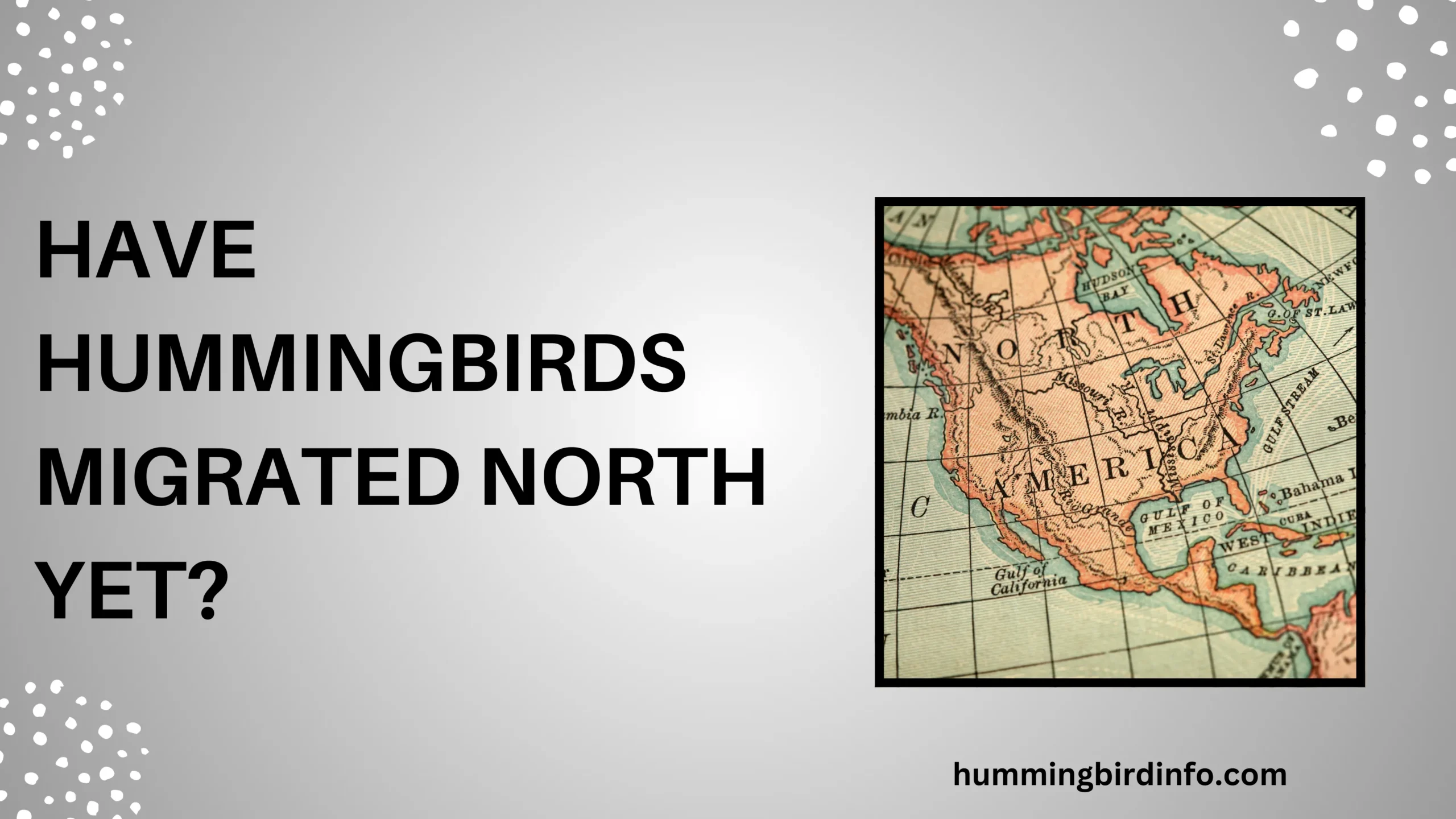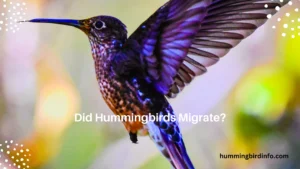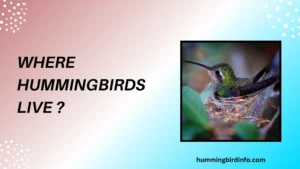Every spring, people across North America begin scanning their gardens and skies, looking for the first flash of iridescent wings.
These tiny, energetic birds — hummingbirds — captivate us with their astonishing speed, brilliant feathers, and ability to hover midair like tiny helicopters. They seem almost magical, yet their return follows a real and rigorous pattern.
What makes them even more amazing is their epic migration. Hummingbirds travel thousands of miles from Central America and Mexico, crossing open waters and landscapes to reach their breeding grounds in the United States and Canada.
Their journey is a marvel of endurance and instinct, making their arrival an annual event many eagerly await.
So, have hummingbirds migrated north yet? This blog dives deep into that question — exploring their timing, migration routes, key species, tracking tools, and ways to help them on their way.
Whether you’re a bird lover or just curious about nature, this guide will help you spot, support, and understand these winged wonders.
Contents
- 1 The Basics of Hummingbird Migration
- 2 Factors Influencing the Timing of Northward Migration
- 3 Arrival Times Across North America
- 4 Key Hummingbird Species and Their Migration
- 5 Tracking Hummingbird Migration
- 6 Conclusion:
- 7 FAQ’s
- 8 1. When do hummingbirds start migrating north?
- 9 2. How can I tell if hummingbirds have arrived in my area?
- 10 3. Which hummingbird species migrate north?
- 11 4. Do male hummingbirds arrive before females?
- 12 5. When should I put out hummingbird feeders?
- 13 6. What should I put in my hummingbird feeder?
The Basics of Hummingbird Migration
Hummingbirds migrate to breed in places where there’s more sunlight, flowers, and insects to feed their growing families. Most species winter in Central America or Mexico, then head north in spring to the U.S. and southern Canada. They return south again in late summer or early fall.
Unlike many birds, hummingbirds travel alone — not in flocks — and follow individual instincts. Before migration, they double their body weight by feeding constantly on nectar and insects to fuel their long journey. This preparation is vital to survive tough terrain and unpredictable weather.
Hummingbirds can fly up to 500 miles at a stretch, especially during the Gulf of Mexico crossing. They average speeds of about 25 to 30 miles per hour, though bursts can be faster.
Their migration is one of the most demanding journeys in the bird world, considering their size.
Factors Influencing the Timing of Northward Migration
The primary trigger for hummingbird migration is the increasing length of daylight, known as photoperiod. As days grow longer in late winter and early spring, birds know it’s time to start moving north. Their internal clock is synced to this natural signal.
Temperature also plays a big role, especially when it affects blooming flowers and flying insects — their food. Warmer weather means more nectar sources are available, encouraging hummingbirds to move farther north. But unexpected cold snaps can pause their journey.
Wind and weather patterns affect migration speeds too.
Warm southern winds can help them cover ground quickly, while cold fronts can delay or even push them backward. Migration is a delicate balance of timing, weather, and survival, making it different every year.
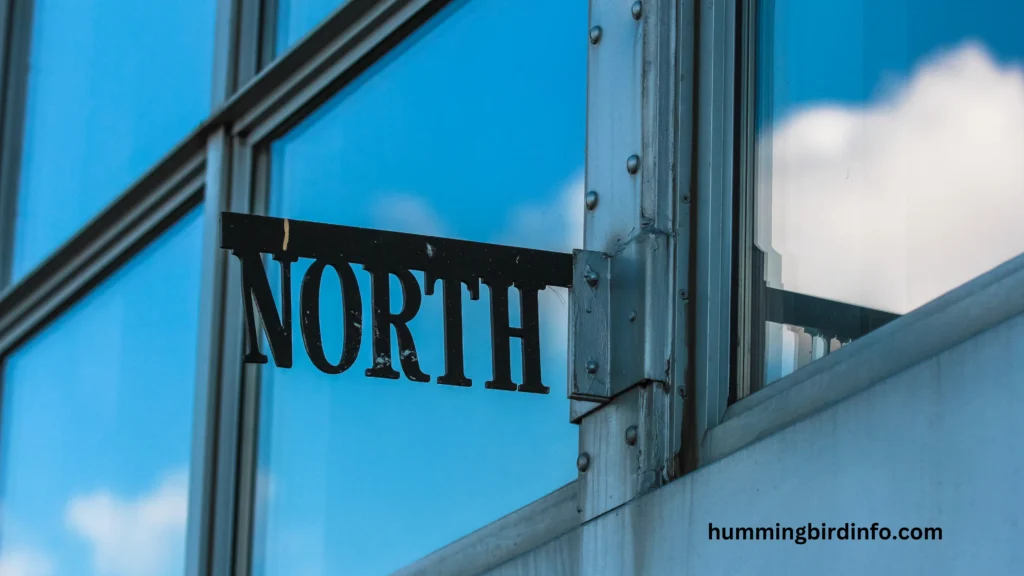
Arrival Times Across North America
In the Southern United States — including Texas, Florida, and southern California — hummingbirds may arrive as early as late February or March. These warmer areas are often the first stop after wintering grounds, so sightings begin early.
In central states like Tennessee, Missouri, and Virginia, expect to see hummingbirds in mid to late April. This timing coincides with the bloom of local flowers, offering the fuel they need to keep going. These states become major migration corridors.
By the time they reach the northern U.S. and Canada, it’s often late May to early June. Places like New York, Michigan, and parts of Ontario might not see their first hummingbirds until memorial weekend. The farther north you live, the later they arrive.
Key Hummingbird Species and Their Migration
The Ruby-throated hummingbird is the most widespread migratory species in eastern North America. These birds fly over the Gulf of Mexico, arriving in the South by March, then moving north through April and May. They breed across the eastern U.S. and southern Canada.
The Rufous hummingbird travels an incredible distance — from Mexico to Alaska. They follow the Pacific Coast, reaching California by March, and the Pacific Northwest by April or May. It’s one of the longest migrations for any bird its size.
The Black-chinned hummingbird is common in the western U.S., particularly Texas, Arizona, and New Mexico.
They typically arrive in March or April and nest in canyons, deserts, and backyards. Other migrating species include the Calliope, Anna’s, and Broad-tailed hummingbirds.
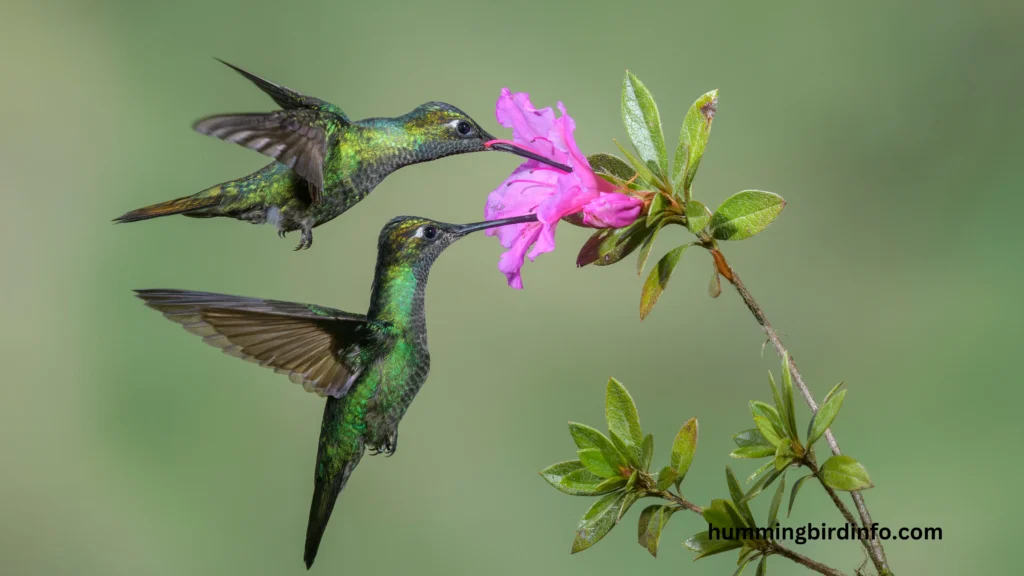
Tracking Hummingbird Migration
Tracking hummingbirds helps scientists and birders understand their patterns and changes over time. You can join the effort through citizen science platforms, like eBird, where you can log and view real-time sightings.
Hummingbird Central provides migration maps showing where Ruby-throated hummingbirds have been seen this spring. These updates help you know when to expect them in your area. It’s also a great way to contribute to a larger conservation effort.
Other resources include local birding clubs, state Audubon societies, and Facebook groups dedicated to seasonal sightings. Watching their progress and sharing your own data creates a community of nature lovers keeping an eye on these tiny travelers.
Conclusion:
Every spring, the question “Have hummingbirds migrated north yet?” brings excitement, wonder, and anticipation. These birds travel thousands of miles, powered by instinct and fueled by flowers, to reach gardens and forests across North America.
Their journey is one of nature’s most inspiring stories.
Depending on your location, they may already be arriving or on the way. Knowing the timing, the species involved, and how to track their progress helps us prepare and connect with the season’s rhythm. It also reminds us of our responsibility to protect the wild spaces they rely on.
By planting native flowers, putting out clean feeders, and avoiding pesticides, we can make our homes a rest stop on their epic voyage. Whether you see just one or a dozen, each hummingbird is a reminder of resilience, beauty, and the joy of spring.
FAQ’s
1. When do hummingbirds start migrating north?
Most hummingbirds begin migrating north in February or March, depending on species and location.
2. How can I tell if hummingbirds have arrived in my area?
Use tools like eBird or Hummingbird Central to track sightings, or watch for them around blooming flowers and feeders.
3. Which hummingbird species migrate north?
Common migrators include the Ruby-throated, Rufous, and Black-chinned hummingbirds.
4. Do male hummingbirds arrive before females?
Yes, males usually arrive first to establish feeding and breeding territories.
5. When should I put out hummingbird feeders?
Put out feeders 1–2 weeks before expected arrival in your region — usually March in the South and April in the North.
6. What should I put in my hummingbird feeder?
Use a mix of 1 part sugar to 4 parts water, with no food coloring added.

